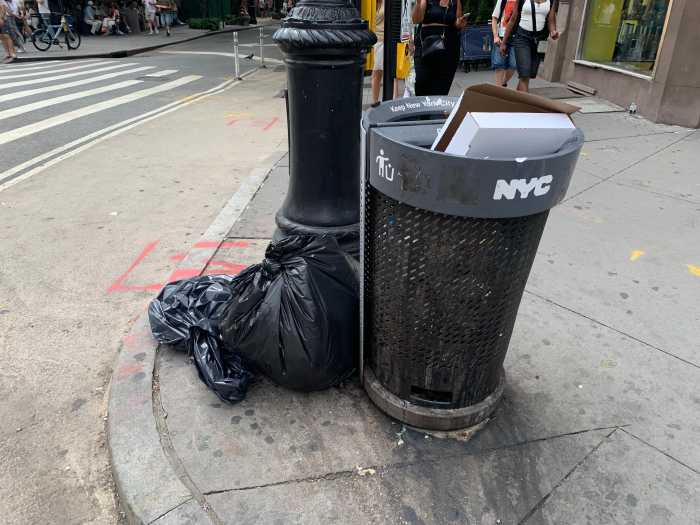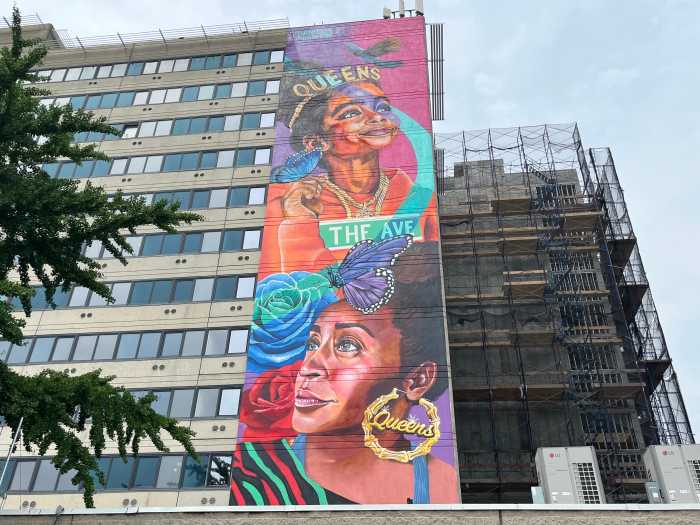
Bus lanes are for buses.
These designated paths for mass transit are not opportunities for other drivers to bypass traffic or to find a spot to park.
But bus lanes seem to be eternally clogged with vehicles that shouldn’t be there.
As a result, NYC has the slowest bus speeds in the country, averaging about 7.5 mph.
There’s a relatively simple way to help get buses moving, but it’ll require action from Albany.
A bill sponsored by Assemb. Nily Rozic of Queens would expand NYC’s ability to install enforcement cameras in bus lanes. Cameras would be used to issue violations, and could deter drivers of other vehicles from traveling or parking in bus lanes.
As of now, such cameras are allowed only on up to 16 designated routes out of the more than 200 the MTA runs, and that limited program is due to expire in September 2020. Where they exist, cameras have allowed bus speeds to increase by as much as 30 percent.
Gov. Andrew Cuomo proposed expanding the camera enforcement program in his executive budget, but the plan was left out of the final budget because the legislature chose not to engage on the issue during negotiations. Now, the legislature has the chance to pass a bill that would remove limits to how many cameras the city could install, and which would make the program permanent.
As the legislative session draws to a close, lawmakers tend to battle on the few big issues of the moment and let more mundane ones slide. Don’t let that happen here. MTA buses provide more than 2.4 million rides per weekday and, critically, are accessible to wheelchairs. They’re a key part of the city’s transit system, particularly in the outer boroughs, where many residents don’t live near a subway. But buses work only when they can move.
The MTA is trying to do its part, too, with a pilot program of adding cameras on buses themselves. Ultimately, the city and the MTA will have to work together to figure out what works best. But for now, Albany must give NYC the ability to enforce its traffic laws.
Perhaps then, buses will have clear paths ahead.































